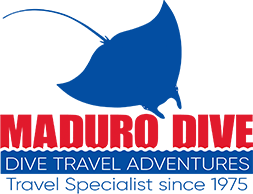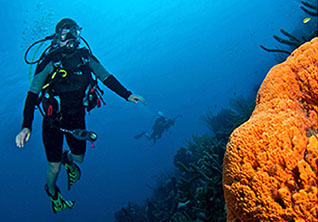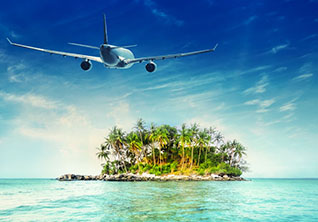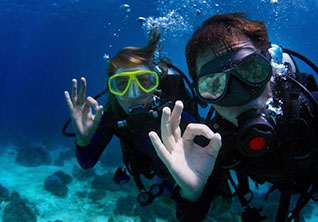Papua New Guinea: Diving At The World’s Edge. Part One
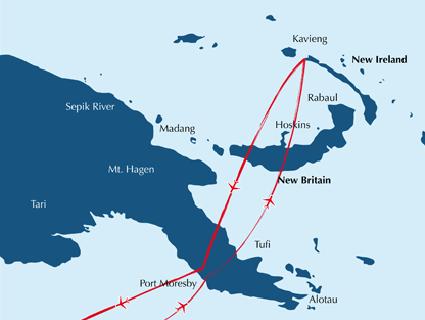
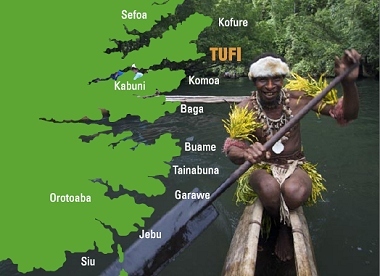
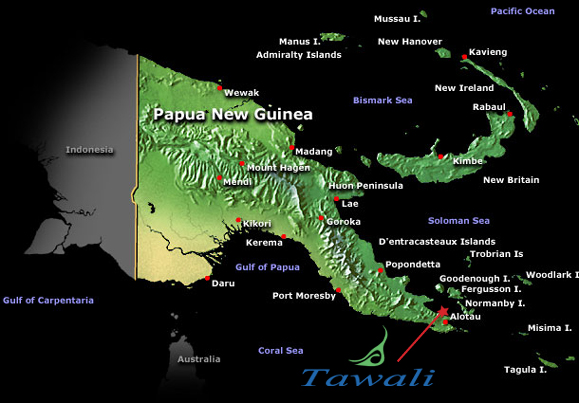
Papua New Guinea (PNG) is the eastern half of the second largest island in the world yet it is one of the least explored areas of land on this water filled planet. If it wasn’t for David Attenborough and his team’s devotion in 1979 in the series Life on Earth for documenting the sexual dance and singing behavioral displays of the Bird’s of Paradise and the, “how to get a chick”, with decorating techniques of the Bower birds, millions of bird lovers around the world would not have a single clue as to how unique and beautiful this edge of the world truly is. To be fair, there are 730 species of birds in New Guinea with 320 being endemic. There are 41 species of the Bird of Paradise, and 20 species of Bowerbirds. The top predator of New Guinea is the Harpy Eagle. The island is also home to all 3 species of the Cassowary, which is the 3rd largest flightless bird on our planet. They can reach 1.8m/6ft tall and have a dagger-like inner toe that can inflict fatal injuries, so it’s best to avoid them. The crest on their head is similar to that of their ancestor the Gwong Long Lukai, “Crested Dragon”, that lived 165 million years ago in China and whose Jurassic fossils also include fine imprints of downy like feathers. There are also 41 species of pigeon in PNG, but who really cares unless you’re using them for sending messages?
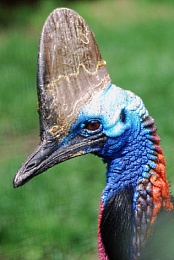
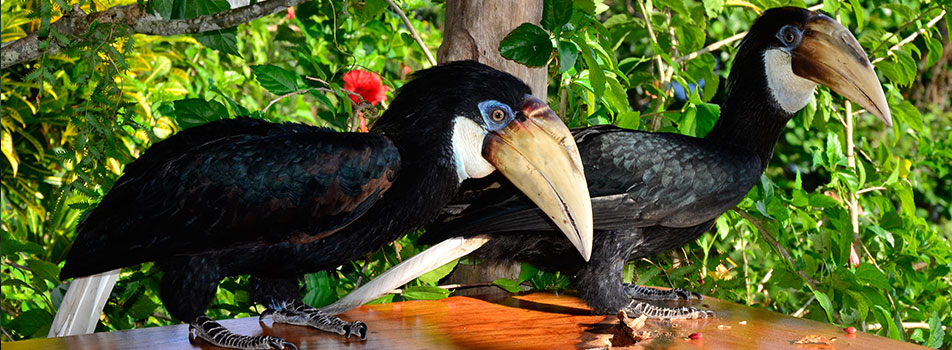
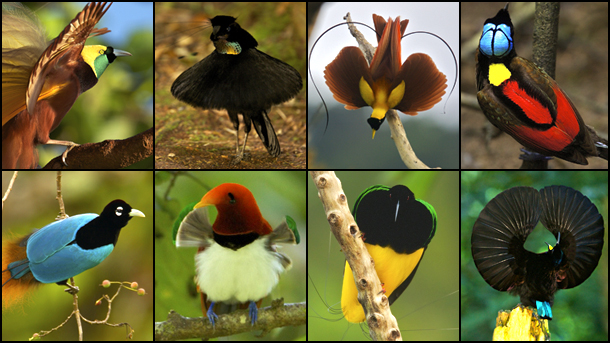
PNG is part of the ring of fire and still boasts a number of active volcanoes. Some volcanoes have erupted and become basins for bays and reefs, while others have formed mountain ranges. Mount Wilhelm is 4,509m / 14,793ft tall and is the highest peak. Because Australia and PNG were part of the super continent of Gondwanaland from the Cretaceous era 135 to 65 million years ago and didn’t separate from Antarctica until 45 million years ago, PNG shares many of the same flora and fauna with Australia. Since that time many of the species diversified and branched out in PNG and differentiated into endemic species found only in specific regions of PNG.
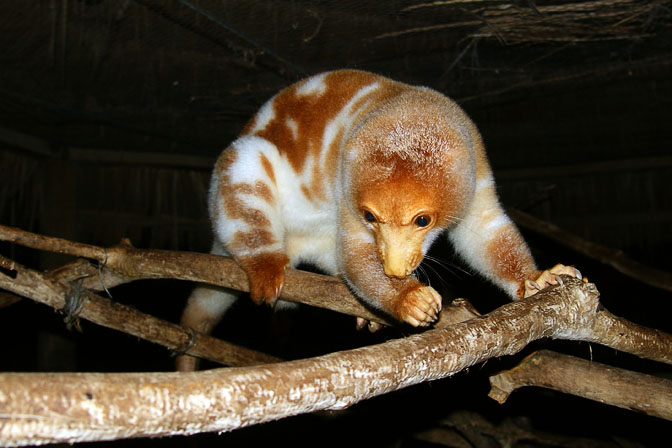
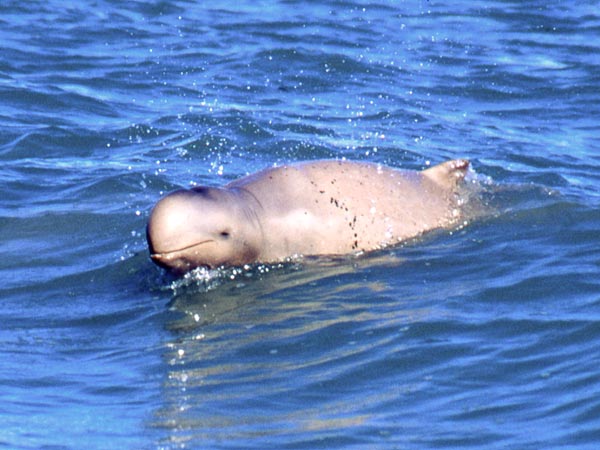
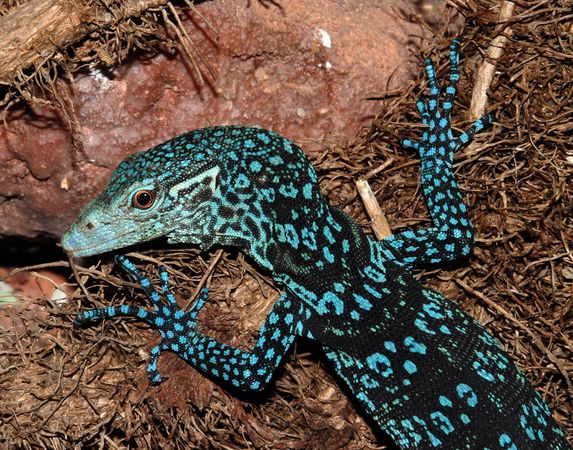
Because PNG is the largest tropical island in the world, it is no surprise that there are thousands of species of placental mammals, monotremes, marsupials, birds, reptiles, freshwater fish and crustaceans, and amphibians on the island. Because PNG is in the Coral Triangle there are over 600 species of coral as well as over 2200 species of reef fish. Between the years 1998 to 2008 scientists found two new species each week in this remote region of the world. Some, like a new species of frog, are so small that at least two of them can sit with room to spare on the surface of a penny. The world’s tiniest wallaby was found in nearby mountains. Other new species like the Turquoise Lizard are over 3ft long, but despite the large size and bright color, somehow they escaped previous discovery. As for the oceans, we won’t try to mention all the new species of fish and recently discovered invertebrate species; such as rice grain sized shelled creatures found in PNG, but it is interesting that scientists also found something as large as a new species of Snub-Fin Dolphin in 2005 just south of the main island.
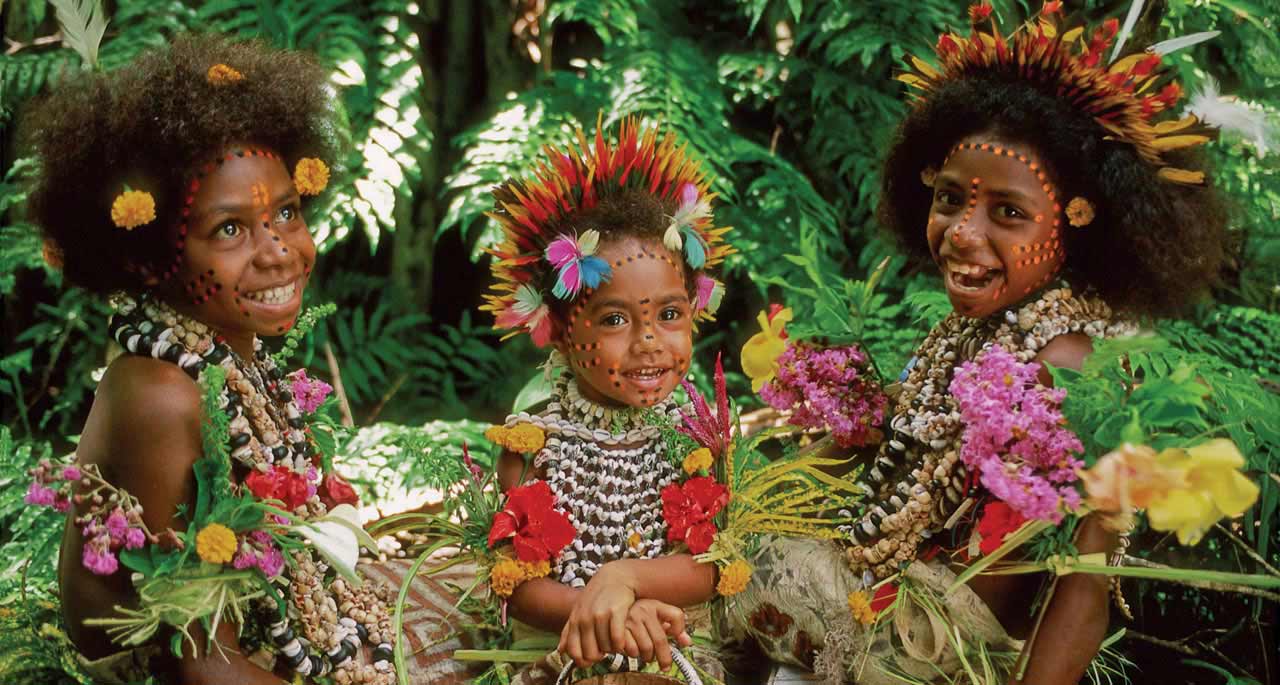
As for humans, they first migrated to PNG some 50,000 to 70,000 years ago. Southeast Asians have been trading for PNG bird feathers for some 5,000 years. After the Portuguese dropped by, a Spanish explorer in 1545 named the main island New Guinea because he felt the people reminded him of the people on the Guinea coast of Africa. Because New Guinea was at the edge of the world in those days, the main import was religion. The Dutch settled the west side of the island and then in 1884 the Germans settled the east side of the island including some outer islands. Not to be out done, the British settled the southern part of New Guinea. The Germans had highly profitable coconut oil producing plantations and they used forced labor by locals, which for some reason sounds like a recurring theme. After WWI German colonial holdings came under the protection of the Australians until the Japanese made Papua New Guinea the southern edge of their expanding empire. During WWII Europeans fleeing parts of New Guinea, were killed, or were massacred. The battles fought over Papua New Guinea lead to the victory at Midway, which eventually lead to the end of the Imperial Japanese Empire.
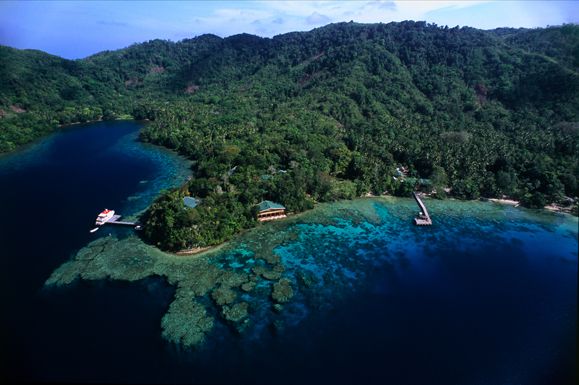
The reason we mention any of this is because it has affected the type of dive sites you may encounter in PNG, but also the location of the dive resorts. For instance, Tawali Resort is built right on the edge of a limestone cliff overlooking Milne Bay. The battle of Milne Bay was one of the first Pacific battles in WWII where Allied troops defeated the Japanese land forces. With the Allied airfields successfully defended there was no way the Japanese military could launch an attack from sea on Port Moresby. Divers from Tawali Resort can visit a P38 Lightning single seat fighter wreck at 90ft/27m of depth and the B17 “Blackjack” Bomber at 150ft/46m.
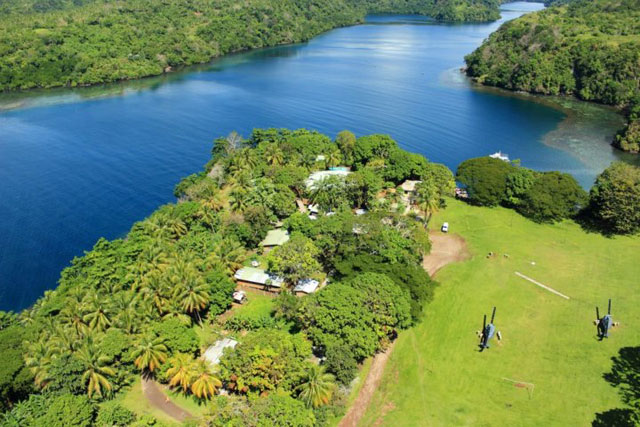
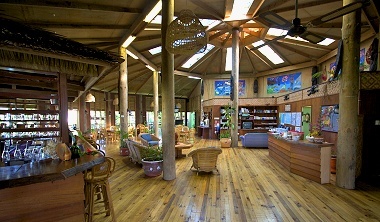
Milne Bay is 22 miles /35km long and 10 miles /16km wide. During the WWII it was home for an advance sub base, a destroyer base, station hospital, and PT boat base. On the edge of a cliff overlooking what was once the site of the PT boat base is the Tufi Resort. Resting at 135ft /45m underwater are the burned remains of PT-67 and PT-119 along with anti-aircraft guns and ammo. Tech divers can plan trips out to the S Jacob Dutch Merchant Navy ship resting at 180ft/60m. Divers can explore the outer reefs from Tufi Resort and experience coral reefs, wrecks, wall, muck and shore diving during their stay.
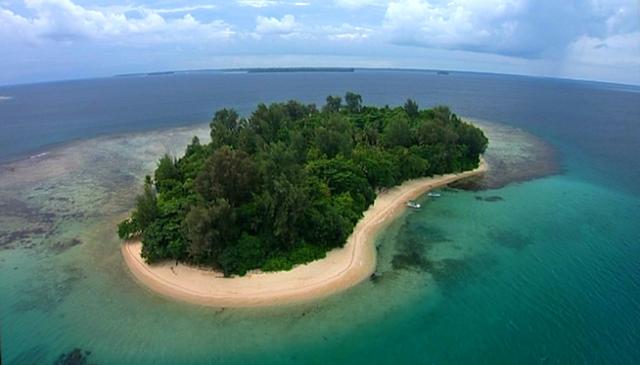
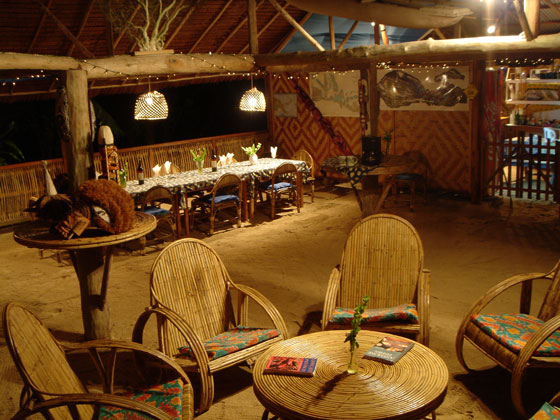
On the edge of the Bismarck Archipelago is Lissenung Island Resort. It is 1 of 149 islands in New Ireland Providence and you can see places like Nusalomon and visit a Japanese bunker and gun emplacements overlooking Kavieng Harbor. Trips can be arranged to visit the almost 400ft/130m long Sanko Maru and the mini submarine Bob Halstead and Kevin Baldwin found 50m from the Sanko Maru in 1987. Low vis and currents kept this mini submarine undiscovered for 43 years. Three Japanese reconnaissance “Pete” float bi-planes are located nearby. Deep Pete near Nusa Island has tons of sea life perpetually circling this fairly recognizable structure at 132ft/40m. Four B-25’s went down nearby as well as a PBY Catalina, Japanese “Kate” torpedo bombers, a “Jake” Bomber, a sub chaser #39, the ship Tenryu Maru, and a freighter possibly named the Kashi Mari.
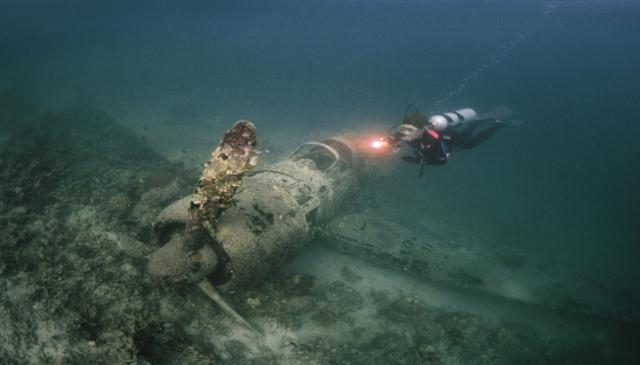
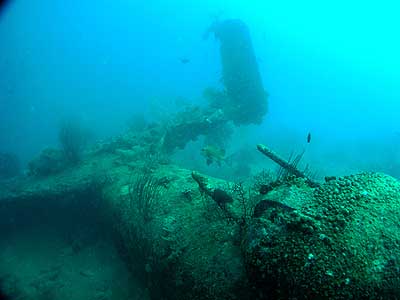
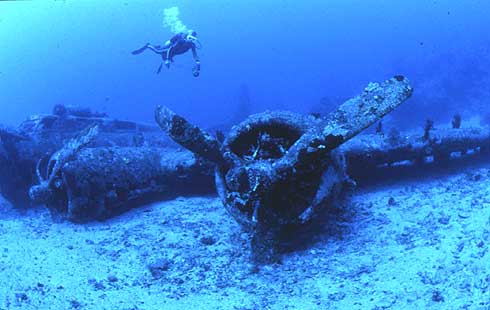
It’s amazing how healthy these reefs are considering what some endured during WWII. Fifty plus years later, the wrecks and other war relics have become artificial reefs supporting tons of precious life. For wreck divers who enjoy historical treasures, PNG has much to offer. In our next segment, we will concentrate on the sea life and dive sites that wait to amaze you in this mystical land called Papua New Guinea.
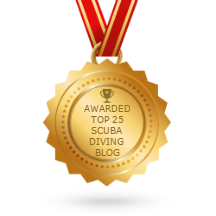
Recent Posts
- Eastern Malaysia, Sabah, Sipadan & More
- Ghost Pipefish, Pipefish, Seahorses, and Sea Dragons
- Australia Queensland and the Great Barrier Reef
- Tioman Islands, Malaysia
- The Riviera Maya
- The Peter Diving System
- The Bay Islands, Roatan, Utila, Guanaja, and more.
- The Cuttlefish; The Undisputed Master of Camouflage.
- The Maldives: A Garland of Islands in the Indian Ocean
- Frogfish, The Overlooked Camouflage Artist
Categories
- Australia
- Bahamas
- Bay Islands
- Belize
- Blue Hole
- Bonaire Diving
- Borneo
- Cayman Brac
- Cayman Islands
- Cozumel
- Curacao
- Cuttlefish
- Dive Destinations
- Dive Equipment
- Dive Liveaboards
- Dive Resorts / Properties
- Dive Travel
- Dive Travel Deals
- Diver Wellness
- Dolphins
- Dominica
- Eagle Rays
- eagle rays
- Family Travel
- Fiji
- Galapagos Islands
- Great White Shark cage diving
- Guanaja
- Honduras
- Indonesia
- Infographics
- Isla Mujeres
- Learning to Dive
- Little Cayman
- Maduro Dive Newsletter
- Malaysia
- Maldives
- Manta Rays
- Marine Life
- Mexico
- Micronesia
- Muck Diving
- Myamar
- Palau
- Papua New Guinea
- Pelagics
- Philippines
- Pinnacles
- Polynesia
- Reefs
- Riviera Maya
- Roatan
- Saba
- Sabah
- Scuba Diving
- Scuba Gear Reviews
- Scuba News/Events
- Scuba Training & Education
- Sea Legends
- sea lions
- Sea of Cortez
- Sharks
- Single Travel
- Sipadan
- Socorro Islands
- South Africa
- Specialties
- ST. Kitts
- Stingrays
- Tahiti
- Thailand
- The Bucket List
- Tobago
- Truk Lagoon (Chuuk)
- Turks and Caicos Islands
- Turtles
- Uncategorized
- Underwater Photography
- Underwater Video
- Utila
- Walls
- Whale Sharks
- Whales
- Wreck Diving
- Wrecks
- Yap
Archives
- January 2024
- April 2023
- March 2020
- March 2019
- January 2019
- November 2018
- September 2018
- July 2018
- May 2018
- March 2018
- January 2018
- October 2017
- September 2017
- June 2017
- April 2017
- February 2017
- January 2017
- October 2016
- August 2016
- July 2016
- May 2016
- March 2016
- February 2016
- January 2016
- December 2015
- August 2015
- June 2015
- April 2015
- January 2015
- November 2014
- July 2014
- April 2014
- February 2014
- December 2013
- November 2013
- October 2013
- September 2013
- August 2013
- July 2013
- June 2013
- May 2013
- April 2013
- March 2013
- February 2013
- January 2013
- December 2012
- November 2012
- October 2012
- September 2012
- August 2012
- July 2012
- June 2012
- May 2012
- April 2012
